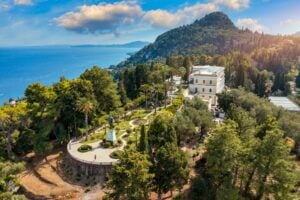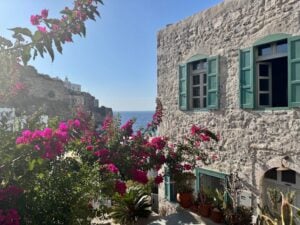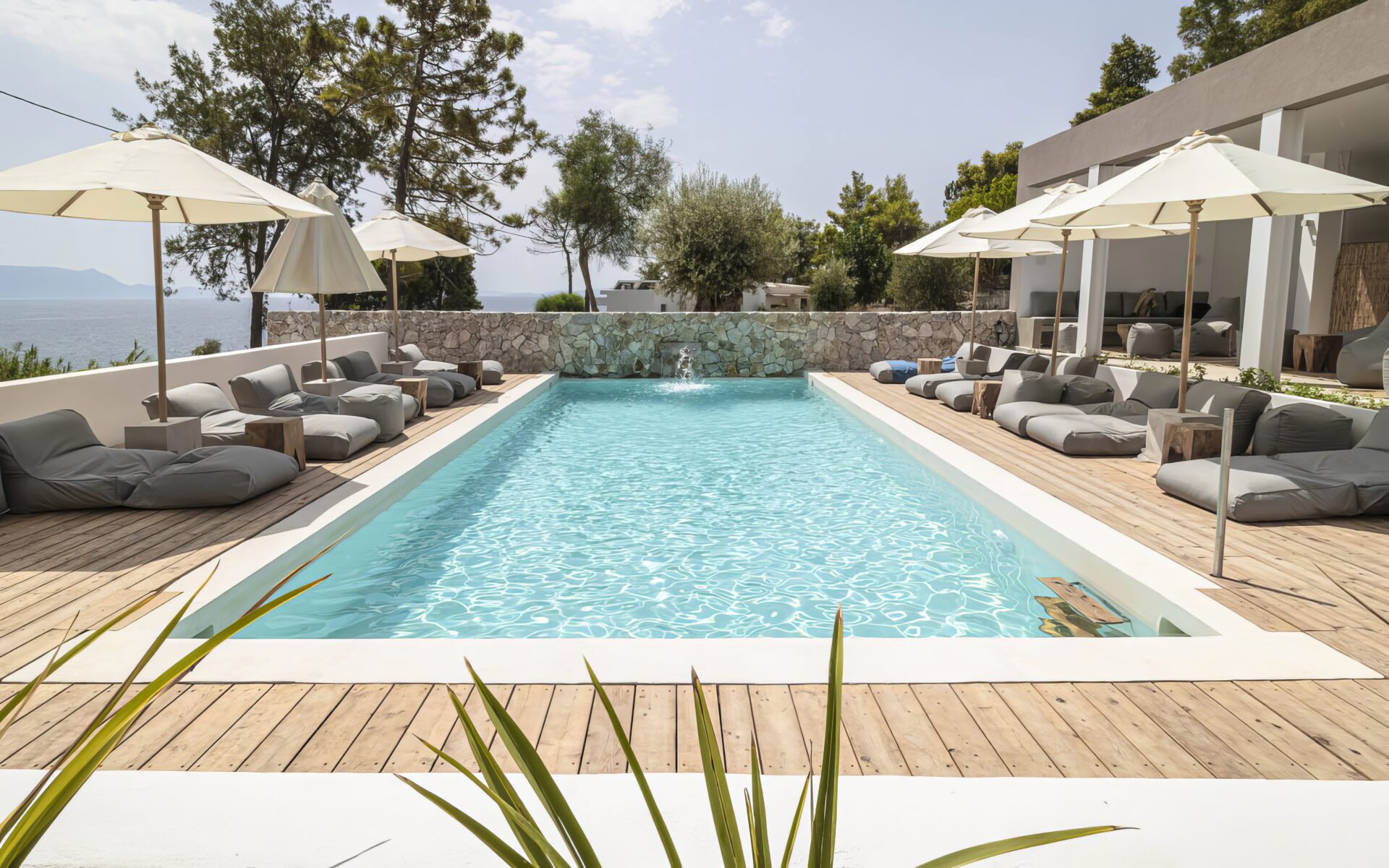The Colossus of Rhodes is one of the Seven Wonders of the Ancient world, and its existence is shrouded in mystery. Some researchers still wonder about exactly how it was constructed and where it stood.

Building the Colossus of Rhodes
The island of Rhodes in ancient times had the reputation of “kallistin” (best) of Greek cities. The island was known for its philophical and art schools, conservatories, markets, harbors, and thousands of public statues. It is no wonder that they produced one of the greatest masterpieces, the Colossus of Rhodes, sometime around 280 BC. This massive statue was almost 30 meters tall and depicted the god of the sun, Helios.
The Colossus of Rhodes also symbolized the unity of the people of Rhodes. It took a large number of builders who cast the outer bronze skin parts. The base was made from Pentelikon marble, which is the same marble used for the Parthenon.

Colossus of Rhodes and the Statue of Liberty
Some historians draw connections between the Statue of Liberty in the United States, which has a similar pose and is just a little bit taller, at 34 meters. Both the Statue of Liberty and the Colossus of Rhodes are symbols of freedom, and were built at the entrance to the city. Inside the pedestal of the Statue of Liberty is an inscription that says “The New Colossus, not like the brazen giant of Greek fame.”

Was the Colossus of Rhodes an Object of Worship?
The Colossus of Rhodes was built for the sun god, who was worshipped in many areas around Greece. The cult was also followed by Socrates, who greeted the sun with prayers every day. A written account of this is found in Plato’s Symposium.

What Happened to the Colossus of Rhodes?
In the 7th century A.D., the Arabs conquered the island of Rhodes. Later, an earthquake destroyed large parts of the statue, and the Arabs sold it as scrap metal. A caravan of 900 camels was used to carry away the remains.

Mystery of the Colossus of Rhodes
Historians do not know exactly where the statue was constructed. Many believe that it stood where the stag and deer columns are now in the port of Rhodes. Some other historians believe this is not possible, because building on both sides of port would have likely closed boat access during the building process. If you want to visit the supposed building location of the Colossus of Rhodes, you can reach it easily by walking to the edge of Mandraki Harbor in Rhodes.




































